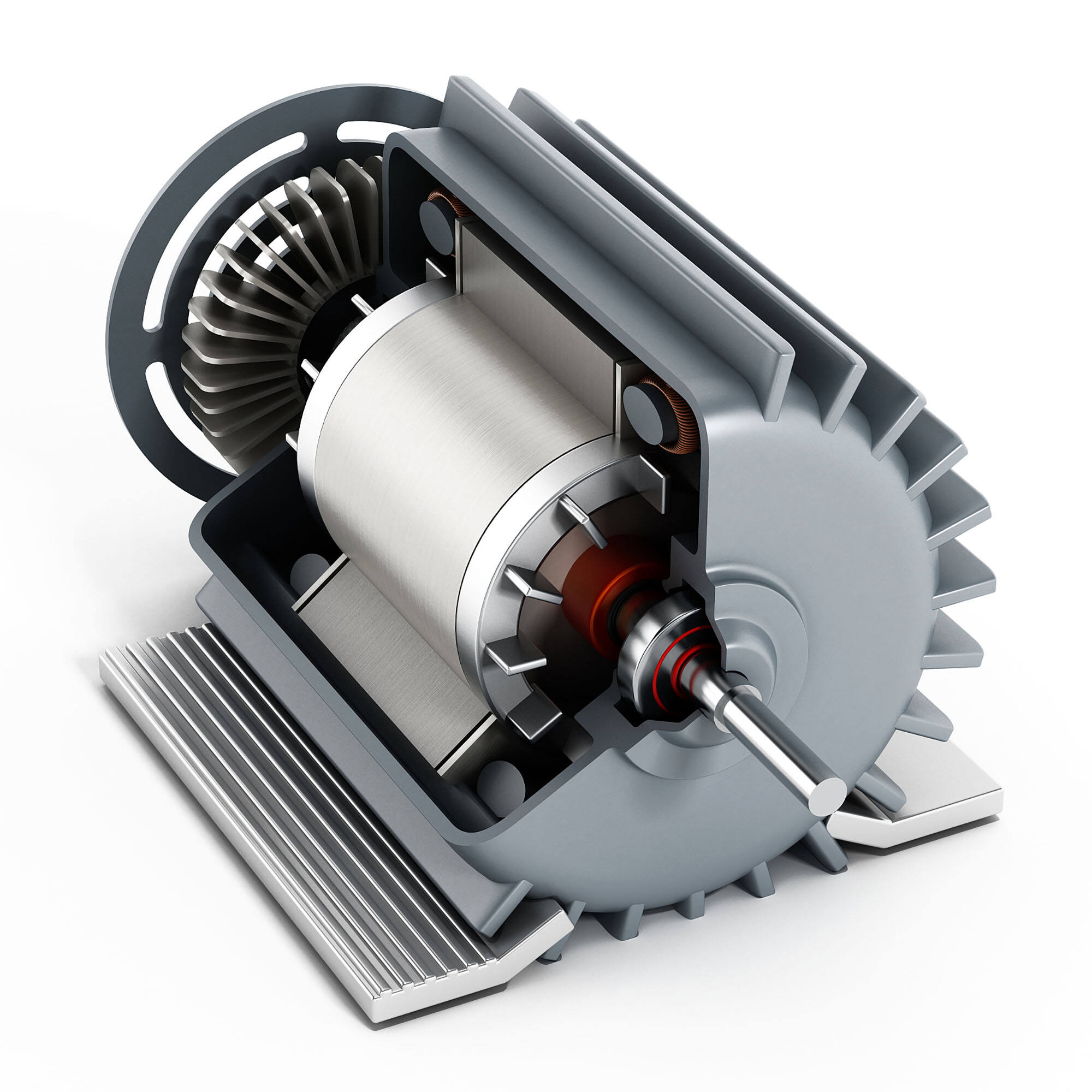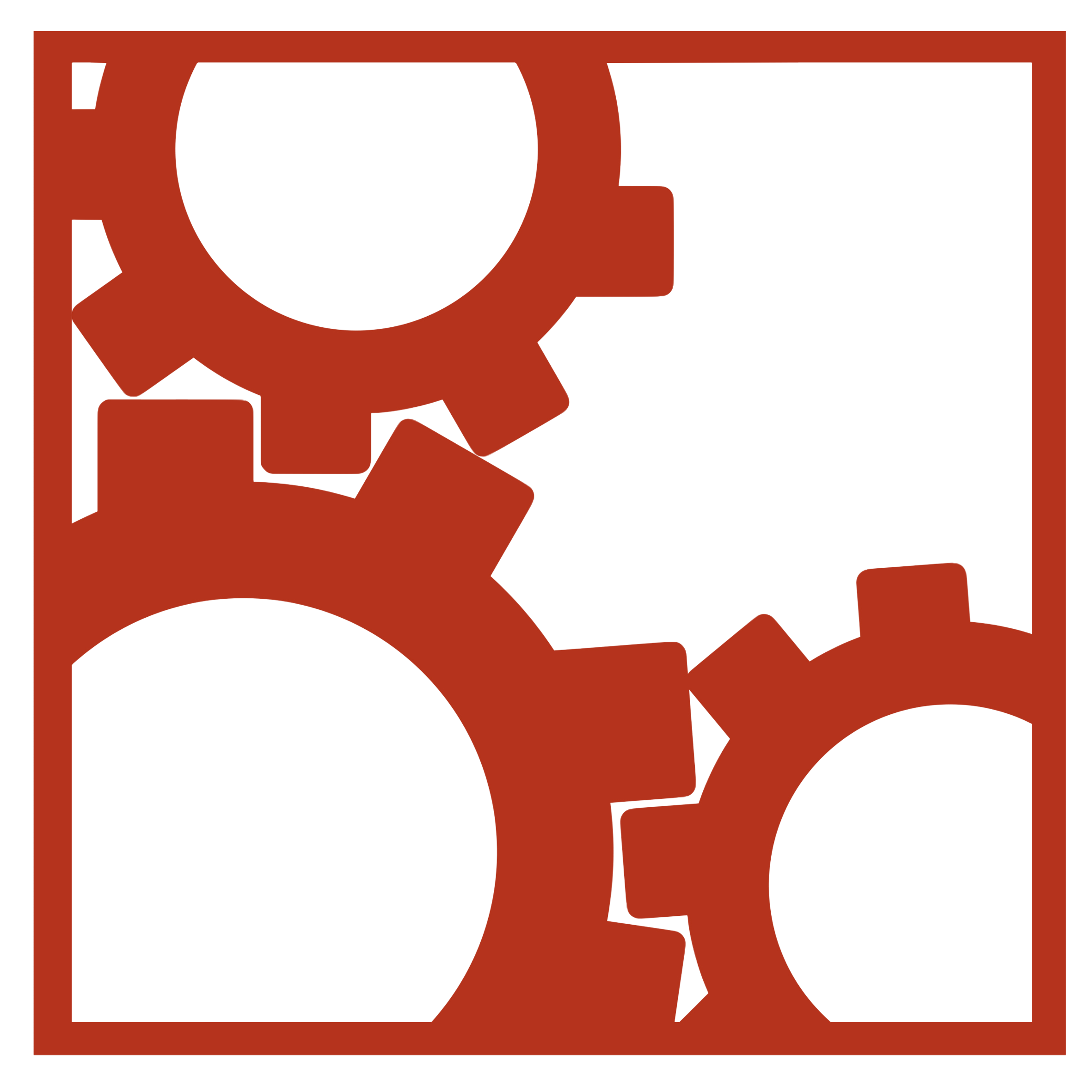The implementation of China's new motor energy efficiency standards has helped many industries achieve the goal of "double carbon"
Under the national goals of "carbon peak" and "carbon neutrality", improving energy efficiency is a serious challenge for all electricity-related industries. As a power source for electrical appliances and other kinds of machinery, the motor is not only widely used in various industries, but also a large user of electricity. According to the United States, the European Union and other statistics, the motor electricity consumption accounted for about 42% to 50% of the total electricity consumption, the three-phase asynchronous motor electricity consumption accounted for about 90% of the total electricity consumption of the motor, 37kW and below the motor accounted for about 50% of the total electricity consumption of the motor. Setting a reasonable motor energy efficiency limit will not only help China achieve the "double carbon" goal on schedule, but also promote the energy efficiency upgrade of motor products.
1. Wider application range of standards, energy efficiency is improved
With the advancement of motor production technology and energy-saving technology, the requirements of the energy efficiency index and energy efficiency grade of GB 18613-2012 and GB 25958-2010 can not meet the latest development of motor technology. This is the fundamental reason for the birth of GB 18613-2020.
The new standard is revised on the basis of the two old standards GB 18613-2012 and GB 25958-2010, so the scope of application is wider. The reporter found that the new standard stipulates the energy efficiency levels, energy efficiency limits and test methods for three-phase asynchronous motors, single-phase asynchronous motors and air conditioning fans.
Compared with GB 18613-2012, the new standard deletes the motor target energy efficiency limit value, the motor energy saving evaluation value, and improves the requirements for the energy efficiency limit value of three-phase asynchronous motors, from the original IE2 to IE3. At the same time, the new standard has revised the scope of application. Among them, the new standard reduces the minimum power of the three-phase asynchronous motor from 0.37kW to 0.12kW, the maximum power from 375kW to 1000kW, and increases the energy efficiency level of the 8-pole three-phase asynchronous motor. Compared with GB 25958-2010, the new standard raises the energy efficiency index requirements for capacitance-start asynchronous motors, capacitance-run asynchronous motors, and double-value capacitor asynchronous motors. The energy efficiency index requirements for air conditioning fan motors are deleted, and the energy efficiency index requirements for capacitive running motors for air conditioning fans and brushless DC motors for air conditioning fans are added.
For three-phase asynchronous motors, the energy efficiency index of the new standard is consistent with IEC 60034-30-1, and the energy efficiency level 1, level 2 and level 3 in the standard correspond to IE5, IE4 and IE3 of the IEC index respectively.
2. It is difficult to reach the standard, and enterprises are facing cost pressure
Motor manufacturers want to make products meet the requirements of the new standard, from the aspects of technology, equipment, process, materials and sales to be fully prepared to produce and sell more energy-efficient motors. From the perspective of three-phase asynchronous motors, to comprehensively improve motor energy efficiency, enterprises need to increase costs, especially the cost of materials. IE3 model compared to IE2 model, the cost increased by about 20%; IE4 model relative to IE3 model, the cost has also increased significantly. Especially in the current situation of high prices of raw materials such as steel and copper, the challenges faced by motor companies are obvious.
Although it is difficult to meet the standard, motor companies still improve energy efficiency by balancing cost and performance in various ways. Take VICTORY as an example, VICTORY is mainly from the electromagnetic aspect of the motor optimization design: first, the use of lower loss electrical steel sheet, the use of more advanced core manufacturing process to reduce iron consumption; Second, adopt multiple measures to reduce the clutter; The third is the use of optimized wind path structure and high-efficiency bearings to reduce mechanical consumption. In addition, to improve the motor energy efficiency, motor enterprises can also carry out targeted improvements in the production process (such as processing accuracy) and production equipment.
For the significance of the implementation of the new standard, starting from the GB 18613-2006 version, China's motor industry officially opened the prelude to catch up with the motor energy efficiency level of developed countries. GB 18613-2012 China's motor energy efficiency level has basically approached the energy efficiency level of major developed countries. The launch of the new standard marks that China has officially become a leader from the chase of motor energy efficiency, and the energy efficiency limit value specified in the new standard is higher than the current energy efficiency standards in most countries. The implementation of the standard will have a huge impact on the entire motor industry, the improvement of the motor energy efficiency limit value, will greatly improve the threshold of the motor manufacturing industry, will eliminate a large number of weak technical strength of the motor factory, the industry concentration will increase, while the mainstream products in the motor market will gradually from IE3, IE4 to IE4, IE5.



 EN
EN
 AR
AR
 BG
BG
 HR
HR
 CS
CS
 DA
DA
 NL
NL
 FI
FI
 FR
FR
 DE
DE
 EL
EL
 IT
IT
 JA
JA
 KO
KO
 NO
NO
 PL
PL
 PT
PT
 RO
RO
 RU
RU
 ES
ES
 SV
SV
 TL
TL
 IW
IW
 ID
ID
 SR
SR
 VI
VI
 HU
HU
 MT
MT
 TH
TH
 TR
TR
 FA
FA
 AF
AF
 MS
MS
 GA
GA
 CY
CY
 BE
BE
 MK
MK
 HY
HY
 AZ
AZ
 BS
BS
